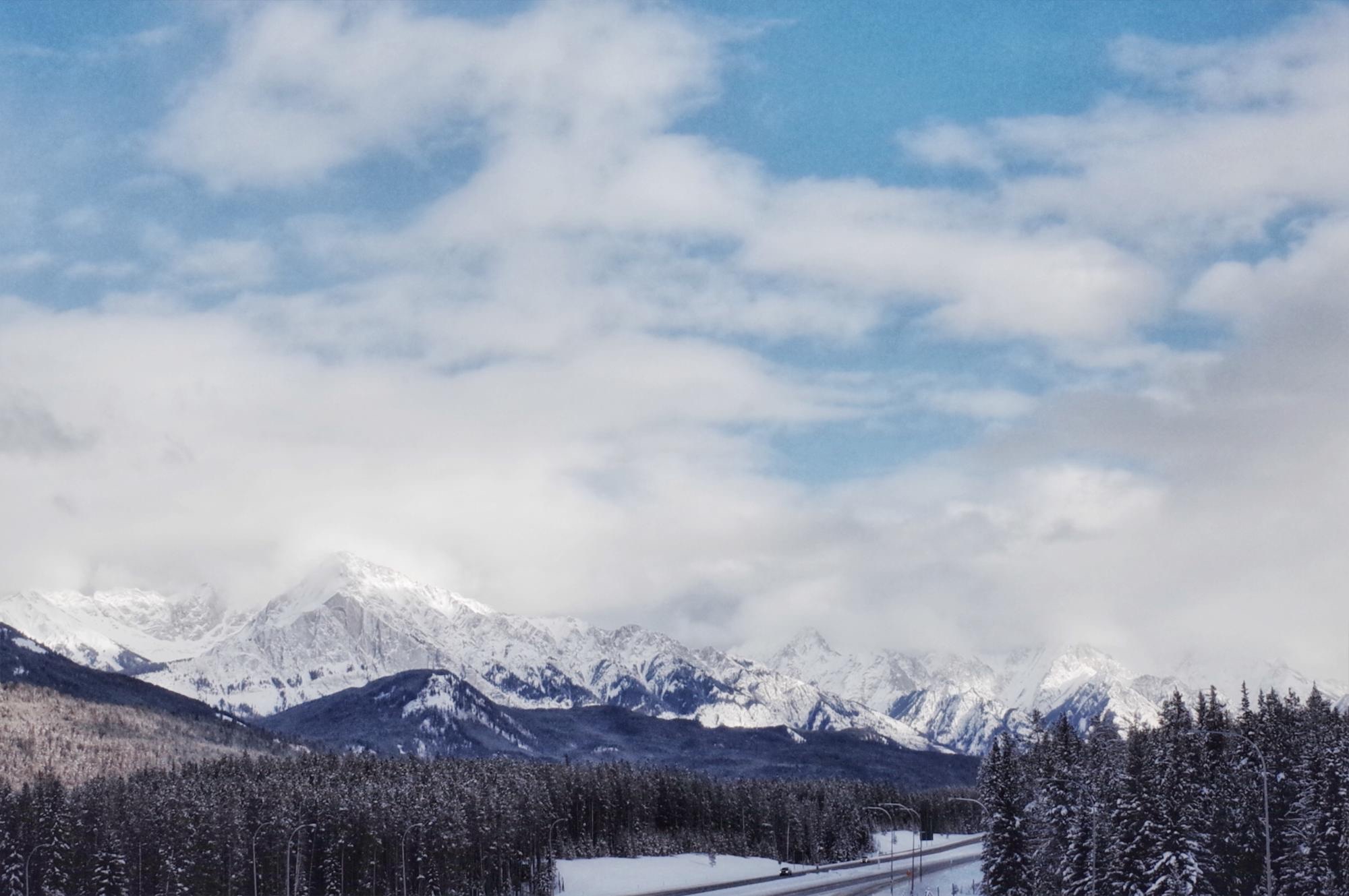Scientists discover ancient Mayan city hidden under Guatemalan jungle
(The Guardian, February 3)
Researchers using a high-tech aerial mapping technique have found tens of thousands of previously undetected Mayan houses, buildings, defence works and pyramids in a dense Guatemalan jungle.
The discoveries included industrial-sized agricultural fields and irrigation canals. The study estimates that roughly 10 million people may have lived in the region.
Researchers used a mapping technique called Lidar. It bounces laser light off the ground, revealing contours hidden by dense foliage.
The images revealed that the Mayans altered the landscape in a much broader way than previously thought; in some areas, 95% of available land was cultivated.
The Mayan culture flourished between roughly 1,000 BC and 900 AD. Their descendants still live in the region.
- aerial: 항공기에 의한, 공중의
- defence works: 방어 시설, 요새
- dense: 울창한
- irrigation canal: 관개 수로
- bounce: (빛, 소리를) 산란시키다
- contour: 윤곽, 등고선
- foliage: 나뭇잎
- landscape: 풍경
- cultivate: 경작하다, 재배하다
- flourish: 번창하다
- descendant: 후손
과테말라 정글에 숨겨진 고대 마야 도시 발견
연구자들은 최첨단 항공 매핑 기술을 이용해 수 만개에 달하는, 이전에는 발견하지 못한 마야 시대의 가옥, 건물, 방어시설 및 피라미드를 과테말라의 울창한 정글에서 발견했다.
이번 발견물에는 산업 규모의 농경지와 관개 수로가 포함되었다. 이번 연구 결과, 약 1천 만 명이 이 지역에 거주했으리라 추정된다.
연구팀은 라이더(Lidar)라는 매핑 기술을 사용했다. 라이더는 레이저 빛을 지표면에 반사시켜 울창한 나뭇잎에 가려진 등고선을 드러내는 기술이다.
이렇게 촬영된 사진에서 마야인들이 이전에 생각되던 것보다 훨씬 더 광범위하게 지형을 바꿨다는 점이 드러났다. 또한 일부 지역에서는 가용 용지의 95%가 농경지로 전용되었다는 사실도 드러났다.
마야 문명은 대략 기원전 1천 년에서 서기 900년 사이에 번영했다. 그 후손들은 여전히 이 지역에서 살고 있다.






댓글